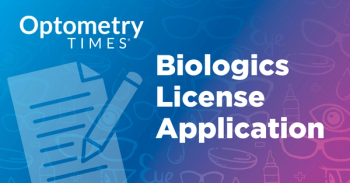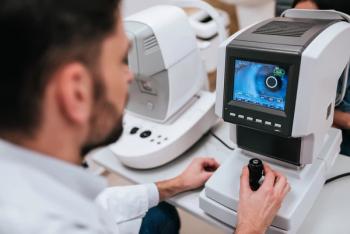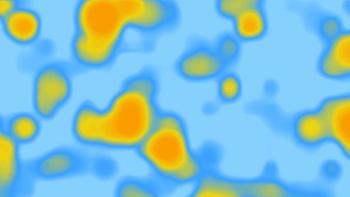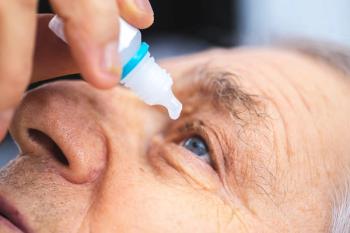
Low vision patients have many options to improve quality of life
A variety of skills and devices can enable patients with low vision in performing near and distance vision tasks.
Key Points
"When prescribing low vision aids, I tell patients I am giving them the tools, but it is up to them to build the house," said Dr. Gartner, director, Vision Enhancement & Rehabilitation Center, Bascom Palmer Eye Institute, Miller School of Medicine, University of Miami.
Prescribing for the patient with low vision should consider the findings from a careful examination-including acuity testing, refraction, visual fields, mobility field testing, color vision, and contrast sensitivity-combined with the patient's functional objectives.
Magnification is one technique that can be offered to assist patients with near tasks, such as reading and handwriting, as well as for enabling distance vision. It may include simple strategies based on relative distance (for example, sitting closer to the TV set) or relative size (such as using large-print books or playing cards) or use devices that are based on angular magnification (telescopes and magnifiers) or electronic projection.
When using magnification for reading, patients with central vision loss should first be trained in eccentric viewing techniques, and to enable continuous reading, they should be taught to shift the blind spot superiorly rather than to the left or right, Dr. Gartner recommended.
Options for magnification devices to improve near vision function include spectacles, handheld magnifiers, and stand magnifiers-each with its own advantages and drawbacks. Spectacle magnifiers provide the largest field of view because they are closest to the eye, and they permit the patient to hold the object with both hands. Because the working distance is shortened as the power increases, however, obtaining adequate illumination may be difficult if the power is high.
Handheld magnifiers give an increased working distance and are portable and affordable, but they have a decreased field of view with increased viewing distance, require a steady hand for good image focus, and the object may be affected by shadows, depending on the direction of the incoming illumination.
"An important thing for patients to remember is that the field of view increases with a closer viewing distance," Dr. Gartner said. "Therefore, patients should be instructed to hold the reading material at a comfortable distance but as close as possible to maximize the field of view."
Patients looking through bifocals while using a handheld magnifier also need to be instructed to use the distance correction portion of the lens rather than the reading portion.
"The image will be out of focus if patients are using the reading part of their lens, and if they try to adjust by moving the lens closer to the page, the magnification decreases, while the image will reverse if they pull the magnifier too far off the page," Dr. Gartner noted.
Stand magnifiers provide a steady image, and obtaining good illumination is usually not an issue with their use. Patients may find it difficult to locate the end and beginning of text lines using these devices, however, and they generally are not very portable or useful for facilitating handwriting.
Newsletter
Want more insights like this? Subscribe to Optometry Times and get clinical pearls and practice tips delivered straight to your inbox.








































